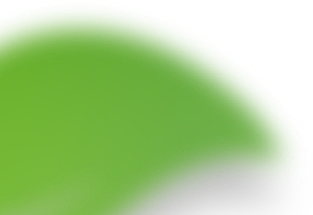ResearchBegins
IreturnedtoTECC.Myfirstgoalwastonotewhichplantswerebeingusedtotreatsickelephants.Howdidtheyusetheseplants?Whatdidtheycure?IsetouttovisittheKareninnorthernThailand.Iworkedwithaninterpreter.Weexplainedmyinteresttovillageleaders,campowners,andmahouts.Theyagreedtohelp.Weaskedthemtodescribewhatplantstheyusedforelephant medicine.
Languagewasabigchallenge.IspeakEnglishandamjuststartingtolearnThai.TheKarenpeoplespeaktheirownlanguage,Pakinyaw.ManyalsospeakThai.Somequestionshadtobetranslatedtwice.Withpatienceandrepetition,wemade progress.

Myanmar
Thailand
300 miles
300 kilometers
ThaiElephant
Conservation Center
Karen people

Asia
Thailand
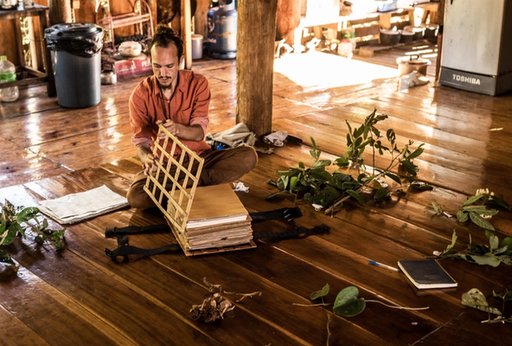
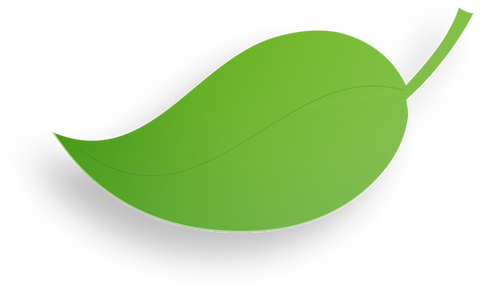
Iuseaspecialpresstopreserveplant specimens.

Thisplantisusedtotreatbrokenbonesinhumansand elephants.
Next,Iaskedthemahoutstobringmeintotheforest.There,Icollectedsamplesofkeyplants.Idriedtheminaplantpress.Iidentifiedeachone.ThenItookthemtoalibraryforplantspecimens,anherbarium.
AnalyzingData
Afterseveralmonths,wehad learnedabout34plants.Theywereusedinmorethan40differenttreatments.Themostcommonusewasasatonic.Itkeepselephants healthy.
Raworcookedriceisaddedtothetonic.Tamarindfruitsandbananasareadded,too.Then,mahoutsmakeballsorpelletsofthismixture.Theyfeedoneormoretotheelephantseach day.


Iuseaspecialpresstopreserveplant specimens.

Thisplantisusedtotreatbrokenbonesinhumansand elephants.
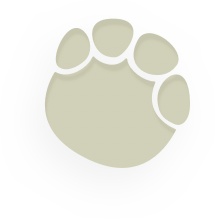





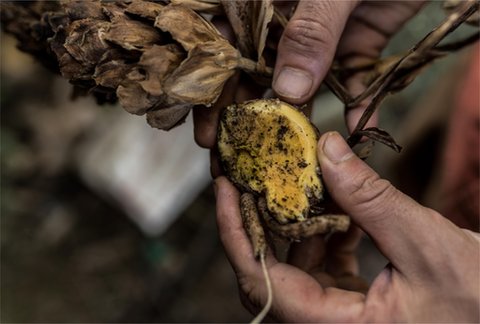
Thestemanddriedflowerofthisplantarefedtoelephantstotreat indigestion.
Otherplantswereusedtotreatwounds,eyeproblems,brokenbones,skinproblems,andsnakebites.Bananaflowerandgingerrootarefedtomotherelephants.Someplantsaregroundup.Othersareboiledinwaterforelephantsto drink.
RecordingData
Numberofplantsusedformedicaltreatmentsof elephants:

1
Skin
1
Fatigue
2
Snakebites
2
Milk production
2
Broken bones
3
Indigestion
5
Eye problems
5
Internal injuries
8
Wounds
13
Health tonic
Theseplantpartsarethemostcommonlyusedforelephant medicine:
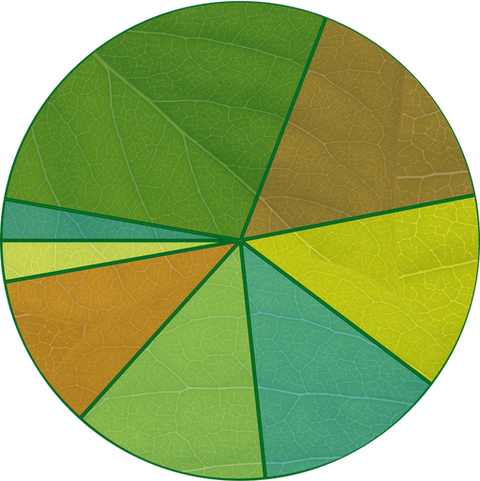
Bark
32%
Stems
18%
Roots
15%
Whole
plants
15%
Fruits
15%
Leaves
12%
Flowers 3%
Seeds 3%

HerearesomeofthedataI collected.


